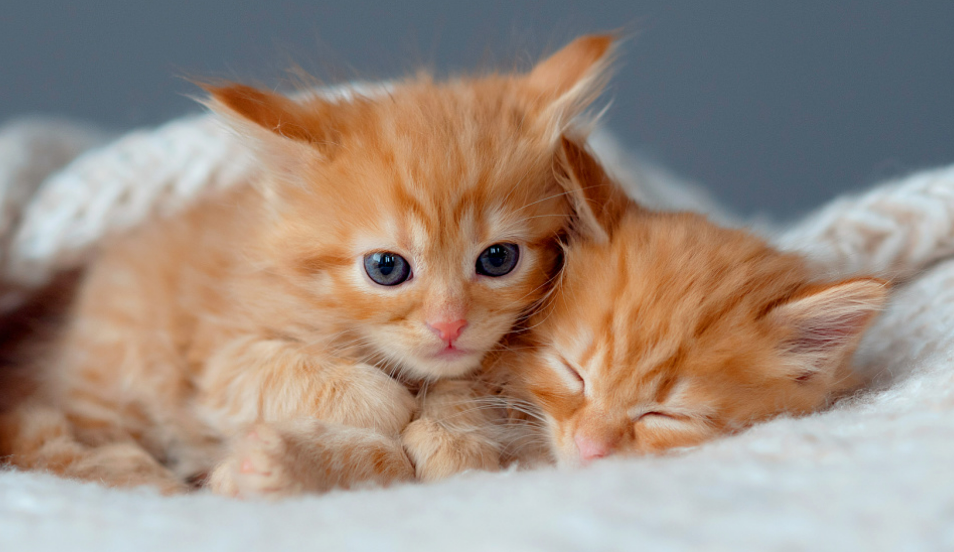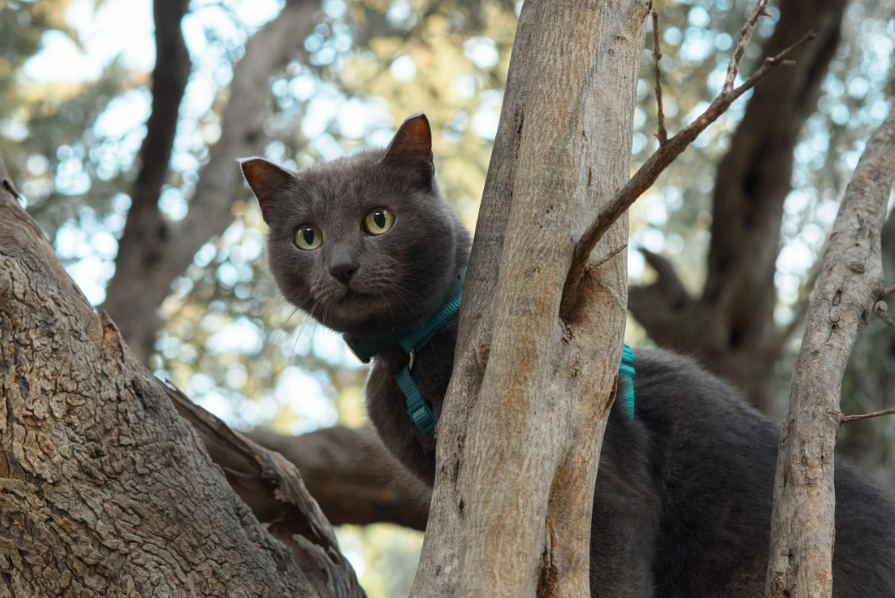12 Surprising Cat Facts Every Owner Should Know
Cats are full of mystery, charm, and a little bit of sass. But behind every purr and paw swipe, there are fascinating biological secrets, quirky behaviors, and misunderstood instincts. Here are 12 cat facts that will change the way you look at your whiskered companion forever!
Physiology: The Marvel of a Cat's Body
1. Cats Sleep 2/3 of Their Lives—For Good Reason
Kittens release growth hormones during sleep, and adult cats conserve energy for hypothetical hunting. Those 16-20 hour cat naps? Totally justified.
2. Cats Are Liquid (Kind Of)
Due to their unique shoulder structure and reduced clavicles, cats can squeeze through openings smaller than their heads. They’re practically furry liquid!
3. All Kittens Have Blue Eyes
At birth, all kittens sport a bluish membrane over their eyes. Their permanent eye color (green, amber, gold) typically settles by 4 months.
4. Paw Pads Sweat It Out
Cats have sweat glands only on their paw pads. In summer, a damp paw print isn’t just cute—it’s functional thermoregulation!
Behavior: Decoding Feline Quirks
5. Paw Preference by Gender
Studies suggest most male cats are left-pawed, while females favor the right. Keep an eye out next time they dig through litter.
6. Purring Is a Healing Vibe
Beyond comfort, purring frequencies (25-140 Hz) may actually promote bone healing. It’s a self-soothing and potentially therapeutic behavior.
7. The Slow Blink = Kitty Kiss
In cat language, direct staring can be threatening. A slow blink, however, says "I trust you." Return the gesture and build a bond.
8. That Dead Mouse Was a Gift
When your cat drops prey at your feet, it's not being gross—it thinks you're a helpless hunter in need of training.
Myths & Misconceptions: The Truth About Cats
9. Cats Were Worshipped (Literally)
In ancient Egypt, cats were temple royalty, pampered with milk and fish, and even mummified. Smuggling one out? A crime punishable by death.
10. Cats Aren't Born With Sensitive Stomachs
Wild cats have robust digestion thanks to a diverse natural diet. It's overly processed food lacking probiotics that causes vomiting, diarrhea, and gut issues in domestic cats.
Tip: Choose cat food rich in probiotics and avoid artificial additives.
11. Cats Don’t Taste Sweet, But Crave Fat
Lacking sweet receptors, cats don’t actually enjoy sugary snacks—they’re drawn to the fat content. That cupcake stare? It's about the butter.
12. Great at Climbing, Awful at Climbing Down
Cat claws curve forward, making upward climbing easy. But climbing down requires awkward, backward moves—hence the meowing from treetops.
Bonus Tips for Cat Owners
- Cats are obligate carnivores—they rip and swallow, not chew.
- Moving houses? Give probiotics to ease stress-related digestive issues.
- Never trim a cat’s whiskers—they’re vital sensory tools.
- Cat allergies? Likely caused by dander or saliva proteins, not fur.
Conclusion
From paw preferences to temple worship, our feline friends are full of surprises. So next time your cat stares blankly into space or brings you an unexpected "gift," remember—there’s a lot going on beneath that fluff. And to them, you’re just a clumsy, furless roommate who needs a little feline wisdom.
Categories: pets



